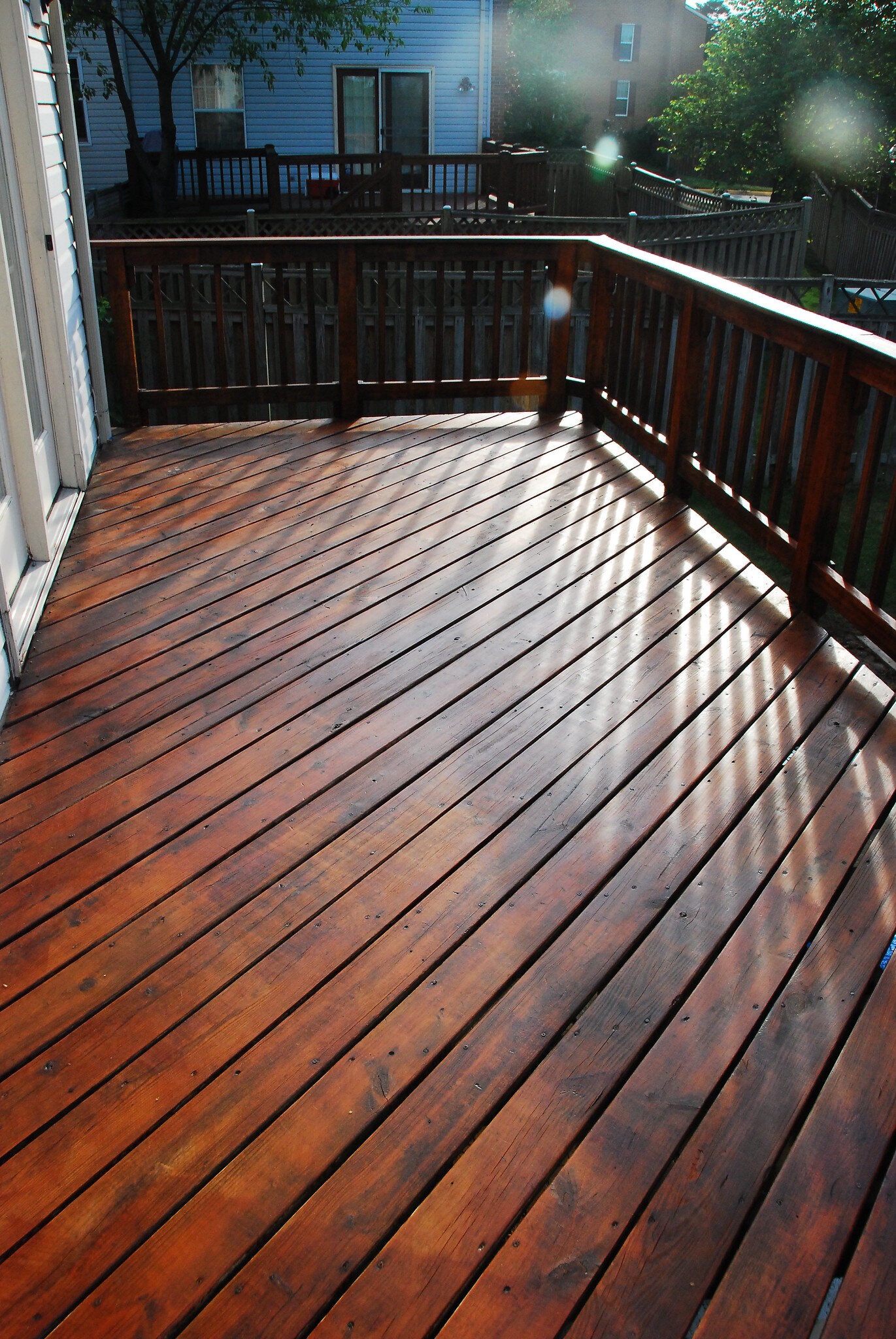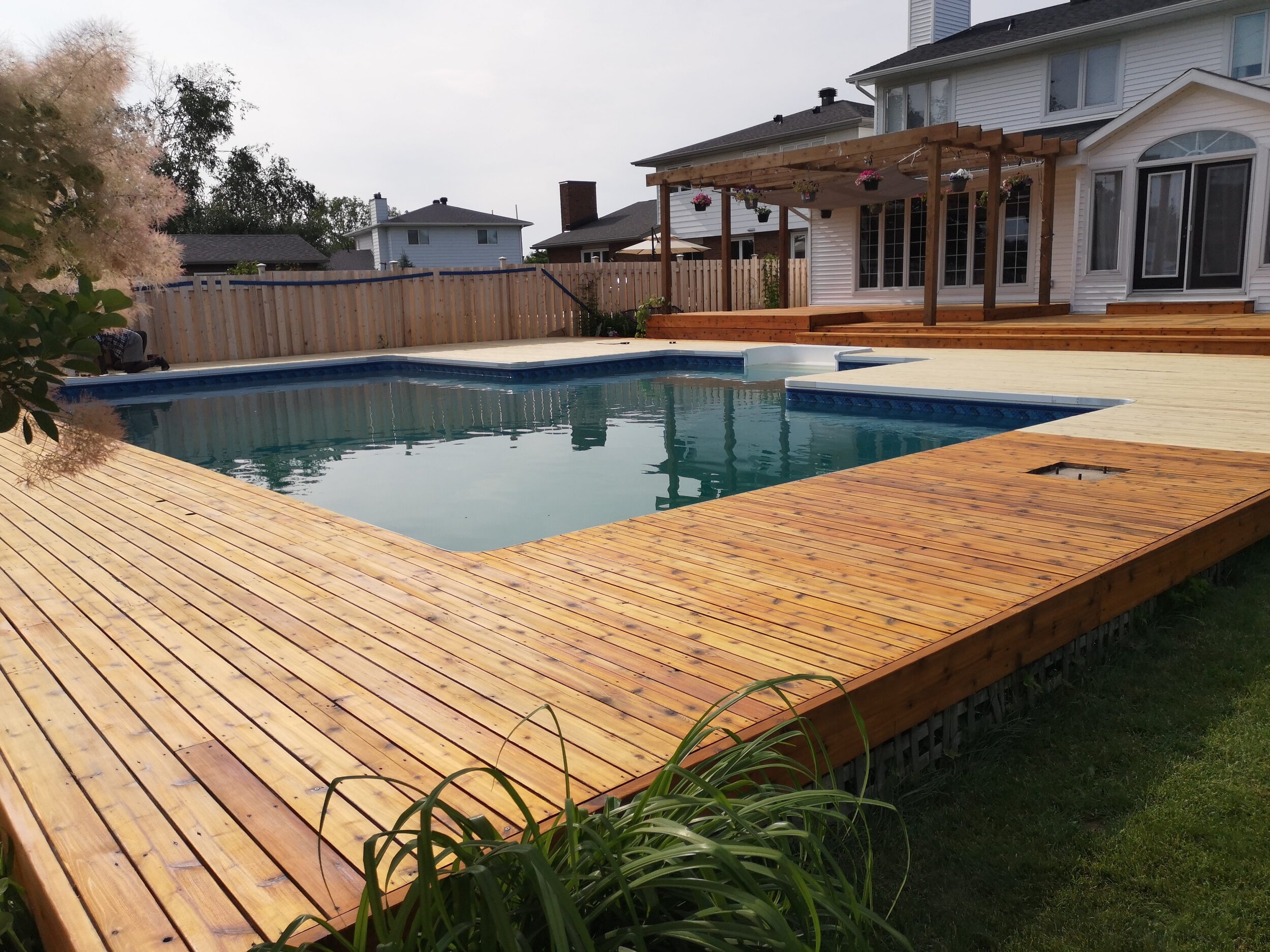Rejuvenate Your Outdoors: Expert Deck Staining Services
Selecting the Right Stain for Your Fencing: Tips and Considerations
When it concerns boosting the appearance and preserving of your fence, picking the right tarnish is important. With a wide array of choices readily available, it can be frustrating to figure out which stain will certainly best suit your needs. This overview will certainly offer you with tips and factors to consider to aid you make an informed choice. We will explore the different kinds of fence stains, variables to think about prior to selecting a tarnish, pointers for preparing your fence for discoloration, and the distinctions between water-based and oil-based discolorations. In addition, we will explore picking the best stain shade to enhance your fencing and enhance your outside space. By adhering to these guidelines, you can make certain that your fence stays protected and cosmetically pleasing for years to find.
Recognizing Different Kinds Of Fence Spots

On the other hand, water-based stains are made from acrylic or latex and provide a more refined color to the wood. Water-based stains are much easier to clean up and have a much faster drying out time contrasted to oil-based discolorations.
Choosing between oil-based and water-based stains relies on different elements, including personal preference, the wanted appearance, and the degree of upkeep called for. Oil-based stains are recommended for fence high-traffic locations or those frequently subjected to severe climate condition. deck staining. Water-based spots, on the various other hand, are a prominent option for fence property locations where look and convenience of usage are very important
Understanding the differences between water-based and oil-based spots helps house owners make an educated decision when selecting the best discolor for their fencing. Considering the specific demands of the fence, such as its location, exposure to sunshine, and desired aesthetic, will certainly make sure that the chosen tarnish offers lasting security and enhances the total appeal of the fencing.
Factors to Take Into Consideration Before Choosing a Stain

One more aspect to think about is the kind of timber your fence is made of. Different kinds of wood take in spots in different ways, leading to varying degrees of color strength and resilience. Softwoods like ache might need more frequent staining compared to woods like cedar or redwood. In addition, particular timbers might be a lot more vulnerable to problems like rot or insect infestation, which might affect the selection of tarnish to preserve the fencing and secure.
The environment and weather in your location should likewise be taken into consideration. You might require a tarnish that provides added security versus wetness and UV rays if you live in a location with extreme wintertimes or high humidity. Similarly, if your fence is subjected to guide sunshine for extended periods, a tarnish with UV inhibitors can assist stop fading and staining.
Finally, it's important to consider your desired visual. Different spots provide various colors and surfaces, allowing you to customize the look of your fence (fence staining and sealing). Take into consideration the general design and style of your residential property, along with any neighborhood policies or property owner association guidelines that may determine the appropriate tarnish shades
Tips for Readying Your Fence for Staining
To prepare your fencing for staining, beginning by extensively cleaning the surface area utilizing a moderate detergent and a pressure washing machine or scrub brush. Cleaning up the fencing is an essential step as it gets rid of dirt, gunk, and any previous layers that might interfere with the staining process. Begin by moistening the fencing with water and after that use a light detergent utilizing a scrub brush or a pressure washing machine with a low-pressure setup. Rub the surface gently, paying extra interest to locations with stubborn discolorations or mold and mildew. Rinse the fence completely with clean water to eliminate all traces of detergent.
After cleansing, allow the fencing to completely dry entirely. fence staining. This action is critical as staining a wet or moist surface can lead to inadequate bond and an unequal finish. Relying on the weather, it may take anywhere from a couple of hours to a few days for the fencing to dry thoroughly. Make certain that the fence is totally dry before proceeding with the discoloration process.
Before staining, evaluate the fencing for any type of problems, such as loose boards or nails. This item helps to open up the timber pores, allowing the stain to pass through more properly and evenly.

Contrasting Oil-Based and Water-Based Spots
When selecting a discolor for your fencing, it is essential to contrast the characteristics and advantages of oil-based and water-based discolorations. Both types of spots have their own benefits and considerations, so it is essential to comprehend the distinctions in between them.
Oil-based stains are recognized for their longevity and resistance to tear and use. They penetrate deeply right into the wood, providing exceptional protection versus the aspects. They also boost the all-natural appeal of the timber browse around these guys by highlighting its grain and texture. In addition, oil-based discolorations often tend to last longer than water-based spots, making them a prominent selection for fencings.
On the various other hand, water-based spots are a lot more eco pleasant and simpler to cleanse up. They might not supply the exact same degree of security as oil-based stains, particularly in harsh weather condition problems.
Inevitably, the option in between oil-based and water-based discolorations depends upon your certain needs and preferences. When making your decision, take into consideration aspects such as longevity, ecological impact, and convenience of application. Consulting with a professional or looking for referrals from professionals can likewise help ensure that you select the appropriate tarnish for your fencing.
Choosing the Right Stain Shade for Your Fence
The option of an appropriate discolor color for your fencing is an important element of boosting its visual charm and complementing the total layout of your outside space (fence staining companies). The appropriate stain shade can transform a plain, ordinary fencing right into a striking focal factor that adds deepness and character to your home
When choosing a tarnish color for your fencing, it is necessary to consider the design and architecture of your home. Earthy tones such as neutrals and browns can produce a cozy and inviting look if you have a traditional or timeless style home. On the other hand, if you have a modern or modern home, you could consider going with vibrant and lively colors that make a statement.
Another variable to think about is the natural surroundings of your residential or commercial property. If you have a great deal of greenery, a stain color that matches the all-natural landscape, such as eco-friendlies or crimsons, can create a harmonious and cohesive look.
Additionally, it's worth thinking about the maintenance required for different discolor shades. Lighter colors tend to reveal dust and use more easily, while darker colors can conceal blemishes and require less constant touch-ups.
Eventually, the choice of tarnish shade for your fence must mirror your individual design and preferences - fence staining and sealing. Put in the time to get in touch with and check out different alternatives with professionals if required, to ensure that you choose the ideal stain color that improves the charm and allure of your fence
Conclusion
To conclude, when it concerns picking the appropriate tarnish for your fence, it is necessary to recognize the different kinds of spots available and consider factors such as durability and wanted look. Preparing the fencing correctly before staining is vital for achieving optimum results. Furthermore, comparing oil-based and water-based stains can help figure out the most effective option for your particular requirements. Lastly, selecting the right stain color can boost the general visual appeals of your fencing.
We will certainly discover the different kinds of fence spots, factors to think about prior to selecting a tarnish, tips for preparing your fence for staining, and the differences in between oil-based and water-based spots.Separating between oil-based and water-based stains is important when recognizing different types of fence stains. Water-based discolorations are simpler to clean up and have a quicker drying time contrasted to oil-based stains. Furthermore, oil-based stains have a tendency to last longer than water-based spots, making them a preferred selection for fences.
In final thought, when it comes to picking the ideal discolor for your fencing, it is crucial to recognize the various kinds of discolorations available and think about elements such as resilience and preferred look.